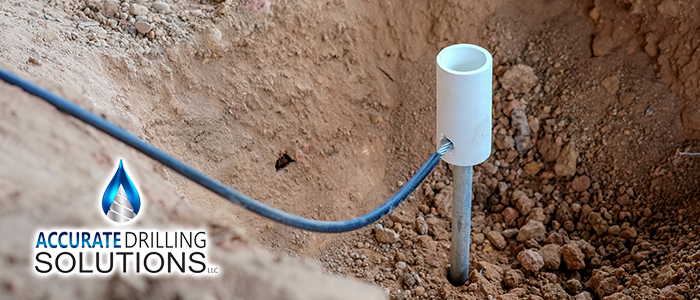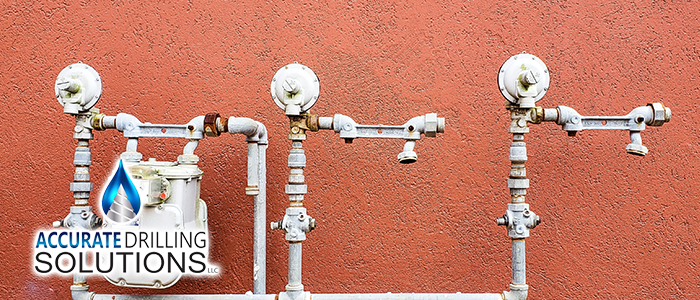
Many homeowners have heard of water softeners, but the term “water conditioner” is less common. Today, we’re here to clear up confusion about the two groups of water processing equipment. Read on to learn all about water conditioners vs. water softeners.
The Easy Answer
The short and sweet answer to water conditioners vs. water softeners is that this is a rectangle and square situation. All squares are rectangles, but not all rectangles are squares. In much the same way, all water softeners are water conditioners, but not all water conditioners are water softeners. In fact, water softeners are only one example of one type of water conditioner. There are dozens of different types of water conditioners that all serve different functions.
Water Softeners
A water softener only serves to turn hard water into soft water. Hard water is water that still has hard minerals, such as calcium, magnesium, and silica. These minerals leave a residue behind everywhere they flow: from the pipes, to faucets, to bathtubs, and even skin. Ultimately the buildup in the pipes can lead to cracks or other damage. Additionally, it can cause low water flow or lead to a complete blockage as well.
Water softeners use a process called ion exchange to replace the hard minerals with softer ones. The most common soft mineral is sodium, so water softeners use salt to accomplish this. Due to sodium being so soluble in water, this reduces issues in the house. Soft water also does not leave residue on human skin, which some people may not even realize was an issue until the sensation is gone.
Water Conditioners
As we said before, a water softener is only one example of one type of water conditioner. It is the water conditioner that most homeowners are familiar with. Water conditioners are more dynamic than water softeners. In a water conditioner, homeowners have the option to put water through multiple treatments. Conditioners address a wide range of issues with water.
-
Hardness
-
Staining
Control staining through iron and manganese levels, as well as calcium, magnesium, and copper.
-
Taste & Odor
Adjust taste and odor through chemicals such as chlorine and hydrogen sulfide. More natural products, such as metals and organic matter can also be changed.
-
Sediment & Dissolved Solids
Conditioners remove sediment from the water, which can mean sand, debris, or other suspended particles. Sediment can cause the same issues in plumbing as hard minerals.
-
EPA & CDC Regulated Contaminants
This task focuses on removing contaminants from the water that are bad for the environment and bad for human health. Problems such as arsenic, lead, and nitrate can all be treated by a conditioner. Additionally, health risks, such as cysts, viruses, and bacteria, can also be removed from the water or eliminated.
continue reading
Related Posts
Pinellas Park Business Owner’s Guide to Pump Systems For business
Lake Wales: Residential Well Installation Explained For many homeowners in
Port Richey Guide to Commercial Water Systems Businesses in Port






